HtoA 6.3.7.0 - Arnold for Houdini
13 Feburary 2024
HtoA 6.3.7.0 uses Arnold 7.3.7.0.
Installation
Download Arnold for Houdini from your Autodesk Account. See Download Arnold for more information about downloading HtoA from your Autodesk Account.
Follow these installation instructions
Enhancements
- Improved, more realistic shadows for glass objects: Transparent objects like clear glass now cast shadows. The look of the shadow is controlled by the new transmission_shadow_density parameter on the
openpbr_surfaceand thestandard_surfaceshaders. (ARNOLD-6881, ARNOLD-15863, ARNOLD-15828)
 |
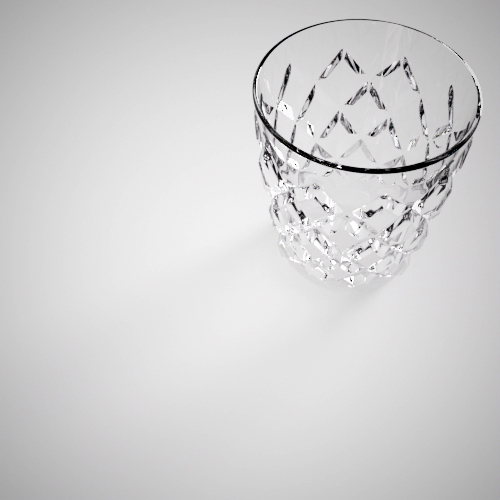 |
 |
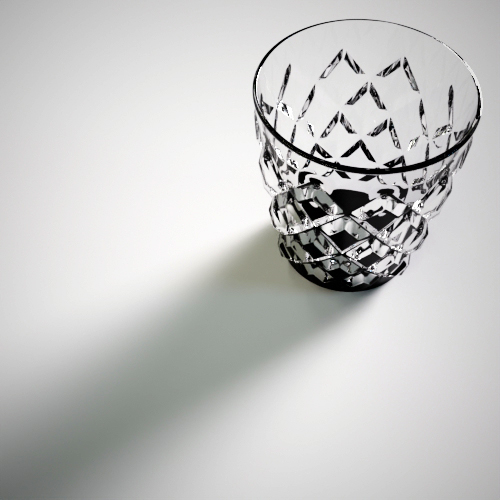 |
| 0 | 0.5 | 0.9 | 1 |
| transmission shadow density = 0 | transmission shadow density = 1 | |
| caustics off | 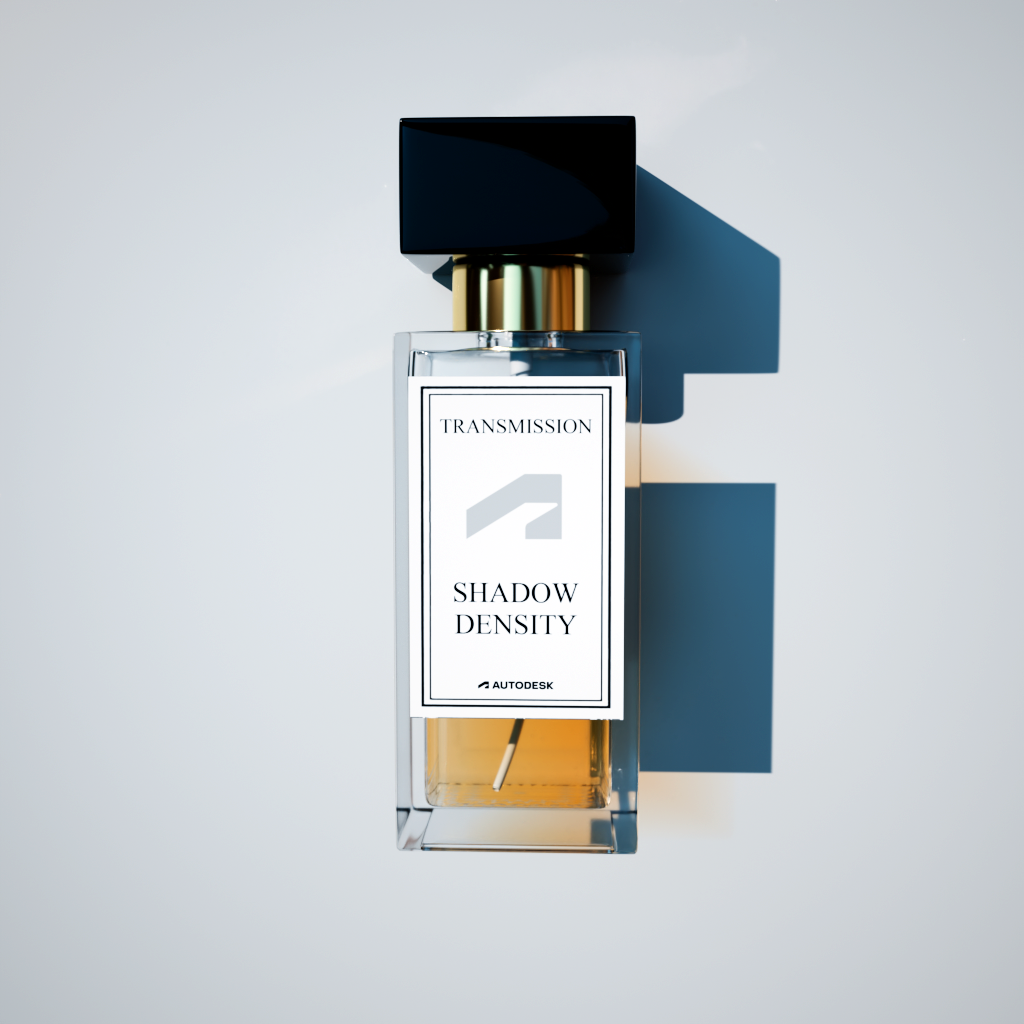 |
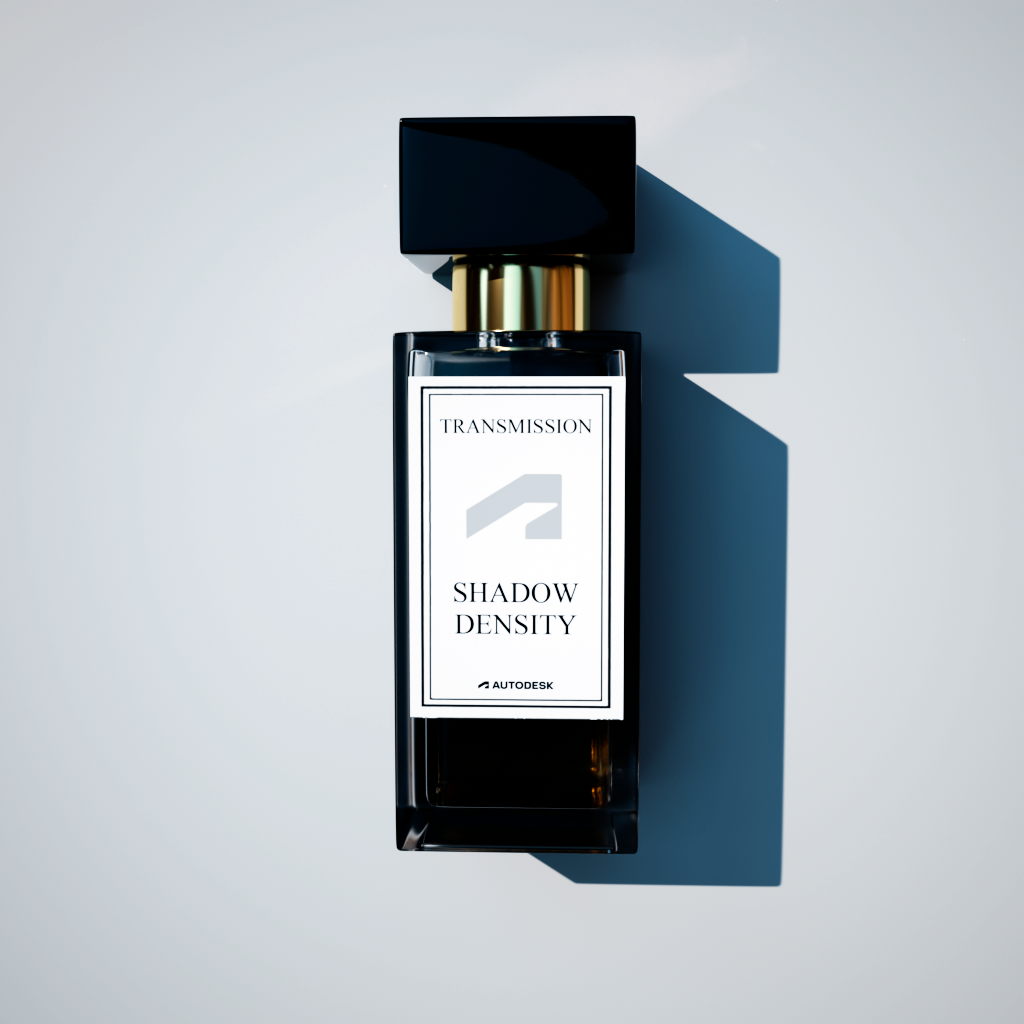 |
| caustics on | 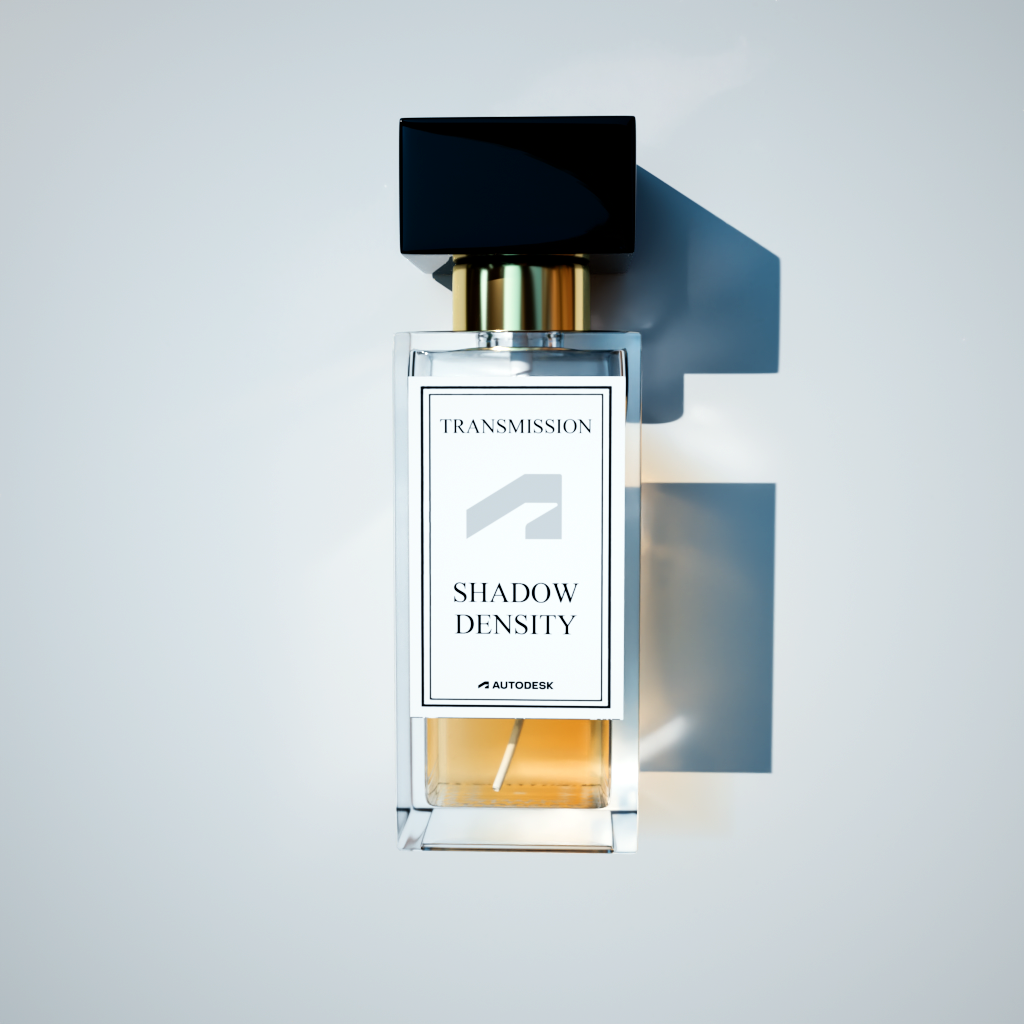 |
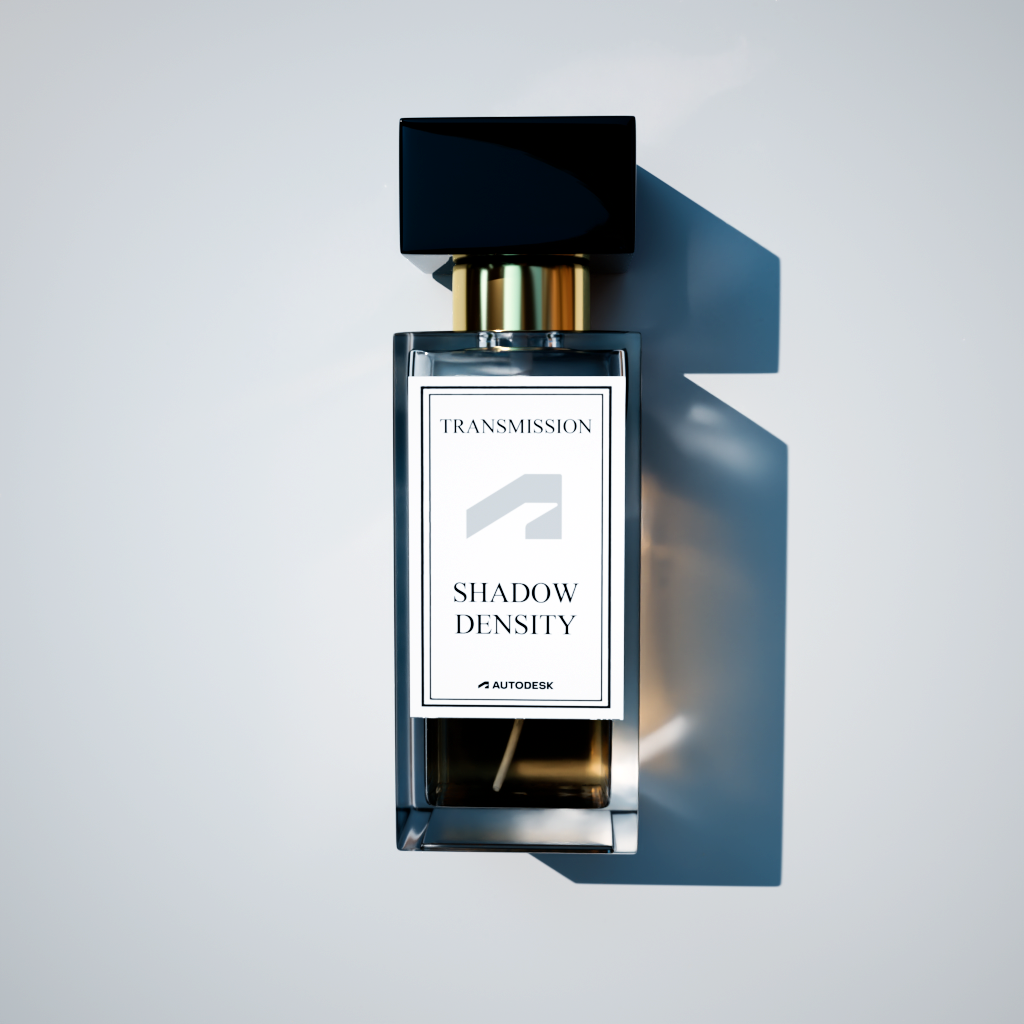 |
- Improved Global Light Sampling (GLS) on glossy materials: GLS now takes material glossiness into account when sampling, which greatly enhances the quality especially when many small lights are present. It causes small slowdowns for fixed AA renders, but for adaptive renders, it brings overall speedups. For example, with adaptive in the robot scene below we achieved 1.7x speedup. This feature can be enabled and disabled using
GLS_glossy_enable. (ARNOLD-15489)
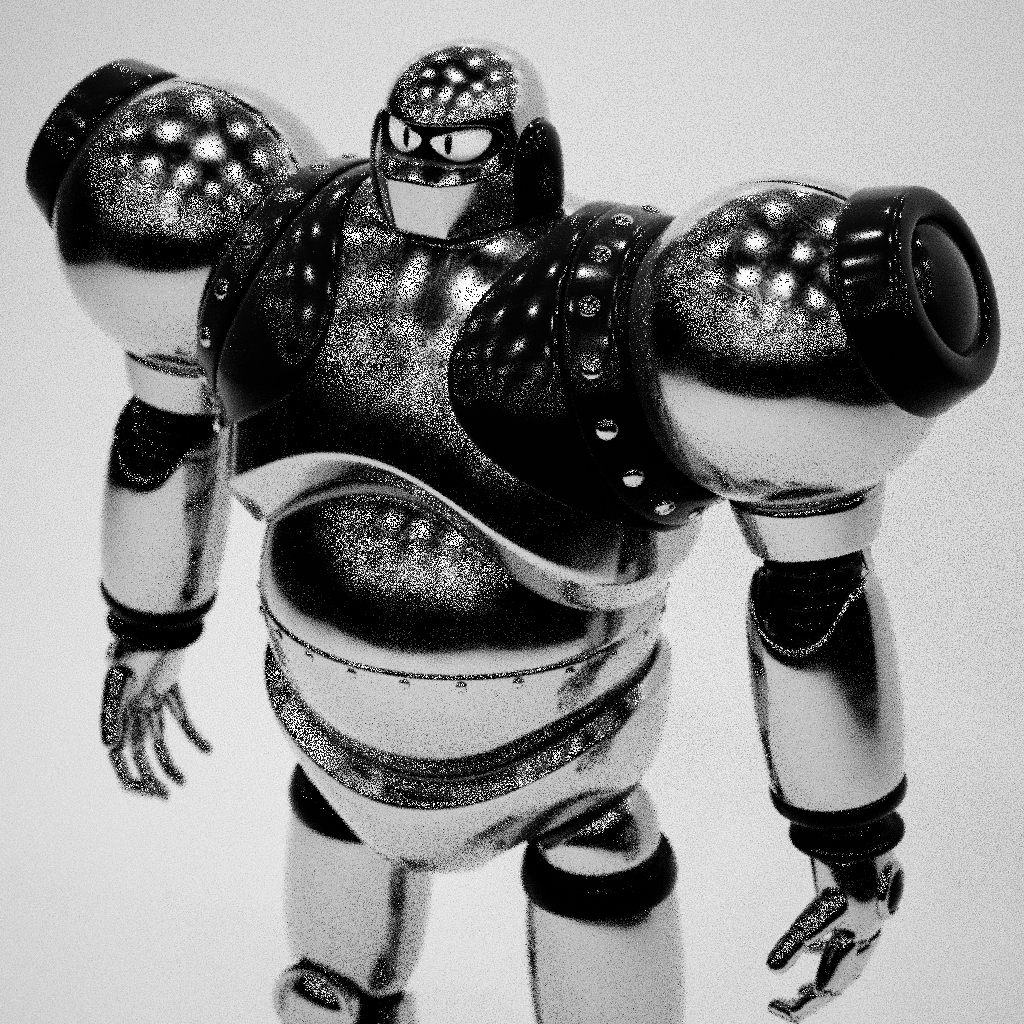 |
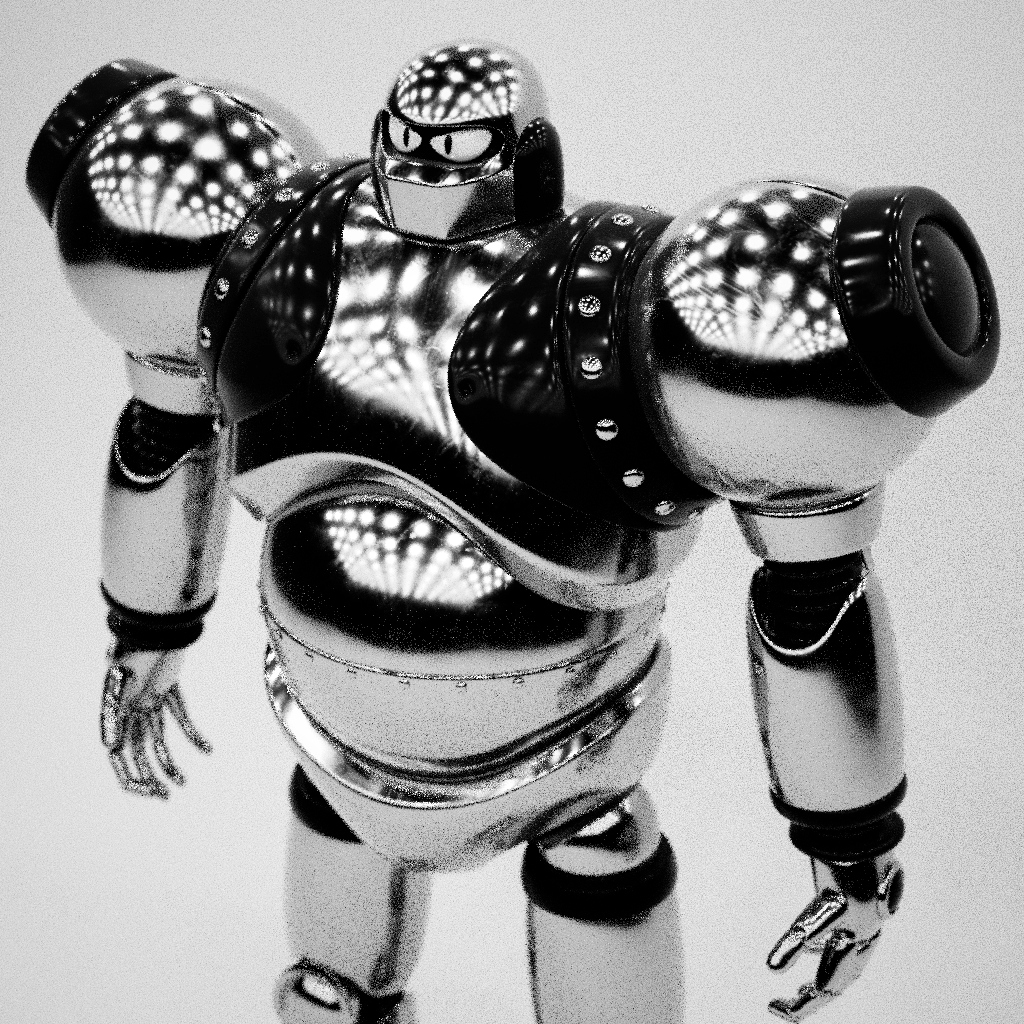 |
| 7.3.5, fixed AA | 7.3.7, fixed AA |
Camera(AA): 2, Specular: 1.
-
Direct USD Render Improvements - **Direct USD Render** still changes the rendercommand from husk to sick, but now the rendercommand parameter is displayed, and arguments are kept (for example, `husk --res 1280 720` changes to `sick --res 1280 720`). If the USD Render LOP rendercommand is changed to sick, a 'Direct USD' comment is also added to the node so it stands out in the Solaris scene graph. (HTOA-2840)
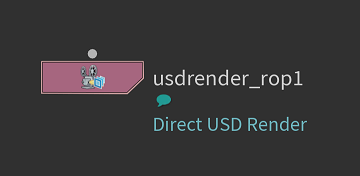
Optimize handling of interactive object visibility changes: Improved detection of visibility changes gives faster scene updates. (ARNOLD-15708)
Control motion keys in alembic: The alembic procedural now has
transform_keysanddeform_keysparameters to control the number of motion keys (samples) for transformation and deformation blur. You can use these parameters to have a lower number of motion samples in the Arnold representation than in the alembic file. The parameters default to 0, which uses the original number of samples in the alembic file. (ARNOLD-15422)Update Autodesk Analytics Program: A newer version of the Autodesk Analytics Program (ADP) has been integrated into Arnold. This brings performance and stability improvements. In particular, instead of waiting for five minutes, ADPClientService.exe now quits as soon as Arnold terminates and ADPClientService finishes its processing. (ARNOLD-15396, ARNOLD-12865)
Update CER: The Customer Error Reporting (CER) library is updated to v7.1.3. (ARNOLD-13834)
Update OpenImageIO: OpenImageIO has been updated to v2.6.3.0. (ARNOLD-13742)
USD enhancements
Better Hydra support: Improved compatibility with recent USD versions and Solaris:
Add more render statistics: The time taken to read the stage is not included in the Arnold render stats. usd#2190
API Additions
Nice name metadata for nodes and parameters - New metadata has been added for setting how a node or parameter name should appear in a UI called
ui.name, currently used foropenpbr_surfaceto be named *"OpenPBR Surface"* in LookdevX and MaterialX node definitions. (ARNOLD-15690)Shared Arrays - The new API function
AiArrayMakeSharedallows you to share a buffer with Arnold instead of copying it to an allocated Arnold AtArray. The owning application cannot modify or delete a shared buffer. Arnold calls the provided callback function passed to AiArrayMakeShared when Arnold is no longer using the buffer. Here is an example that shows a local buffer containing cube points shared with Arnold.
const AtVector vlist[8] = {{-0.25, -0.25, -0.25}, {0.25, -0.25, -0.25},
{0.25, -0.25, 0.25}, {-0.25, -0.25, 0.25},
{-0.25, 0.25, -0.25}, {0.25, 0.25, -0.25},
{0.25, 0.25, 0.25}, {-0.25, 0.25, 0.25}};
AiNodeSetArray(polymesh, USTR::vlist,
AiArrayMakeShared(8, AI_TYPE_VECTOR, &vlist[0]));Bug Fixes
- HTOA-2583 - USD Render ROP > Override Output Image now works with the arnold product type, and the image output includes the AOVs
- HTOA-2828 - Changing the render output (AOV) in the Houdini 20.5 Solaris scene viewer no longer restarts the render
- HTOA-2839 - Temporary COP files generated during IPR are now properly cleaned up when Houdini exits
- HTOA-2481 - Fixed packed alembics disappearing when the _3d_hidden_primitives group was used
- HTOA-2827 - Packed alembics motion keys now respect transform_keys or deform_keys if they are set
- HTOA-2794 - Fixed load warning popup caused by old instances of the Arnold Light OBJ node or state VOPs
- ARNOLD-7549 - PNG textures with partial alpha render too dark
- ARNOLD-15556 - clip_geo not fully working with instances of procedurals
- ARNOLD-15828 - [GPU] Shadow artifacts with transmission or opacity
- ARNOLD-15901 - Random crash when updating instancers
- usd#2159 - User data errors with deformed meshes and subdivision
- usd#2168 - Updated code calling SamplePrimvar following the changes in USD 24.08 affecting motion blur.
- usd#2187 - Cannot override output image with Arnold product types
System Requirements
- Houdini, Houdini FX, Houdini Indie and Houdini Education
- 19.5.805
- 20.0.896
- 20.5.487
- Linux with at least glibc 2.28 and libstdc++ 9.3.1 (gcc 9.3.1) for Houdini 19.5, 20 and 20.5. This is equivalent to RHEL/CentOS 7.
- Linux with at least glibc 2.17 and libstdc++ 11.2.1 (gcc 11.2.1) for Houdini 20/20.5. This is equivalent to Rocky 8.
- macOS 11 or later
- Apple Mac models with M series chips are natively supported by HtoA
- x86-64 CPUs need to support the SSE4.1 instruction set. Apple Mac models with M series chip are supported natively mode.
- GPU rendering works on Windows and Linux only and requires an NVIDIA GPU with the Maxwell architecture or later.
- On Linux, we recommend 560.35.03 or higher drivers.
- On Windows, we recommend 560.76 or higher drivers.
- Optix™ denoiser requires an NVidia GPU with CUDA™ Compute Capability 5.0 and above.
- Intel OIDN GPU support is limited to:
- MacOS
- Apple native CPUs (M1 and newer)
- Windows
- Intel Xe dedicated and integrated GPUs
- NVIDIA GPUs using Turing or newer architectures
- MacOS
